
- Registration
- Program
- Presenters
- Location
Presenters

Dr. Davide Altamura
Institute of Crystallography (IC-CNR), Bari, Italy
Multiscale Characterization of Nano/Bio-Materials by Advanced X-ray Scattering Techniques from Laboratory Sources
Dr. Davide Altamura graduated in Physics from the University of Bari in 2002. He carried out postgraduate research training and activity mainly at the IMM-CNR (Institute for Microelectronics and Microsystems) in Lecce and at the ENEA (National Agency for New Technologies, Energy and Environment) Research Center in Brindisi (Italy). Ph.D. in Innovative Materials and Technologies from the University of Salento (Lecce, Italy) in 2008, working on piezoelectric resonators at the National Nanotechnology Laboratory (NNL). Postdoctoral experience at IMIP-CNR (Institute of Inorganic and Plasma Methodologies) and at the Institute of Crystallography (IC-CNR) in Bari. Since 2011 he is a permanent researcher at the IC-CNR and is the Scientific Manager for the X-ray Microimaging Laboratory (XMI-L@b) since 2021 (https://www.ic.cnr.it/laboratorio/xmi-lb/).
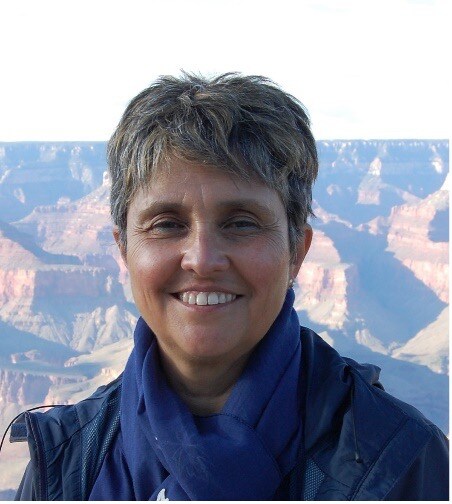
Dr. Edith Bellet-Amalric is a senior researcher at the Commissariat à l'Energie Atomique et aux Energies Alternatives (CEA) in Grenoble, Auvergne-Rhône-Alpes, France, where she has been working since 1998. She is currently Head of NPSC (Nanophysics and Semiconductors team) since January 2023. Since 2008 she coordinates the research activities concerning the growth of II-VI nanowires by MBE. She is a specialist working on X-ray and neutron diffraction since 1994.
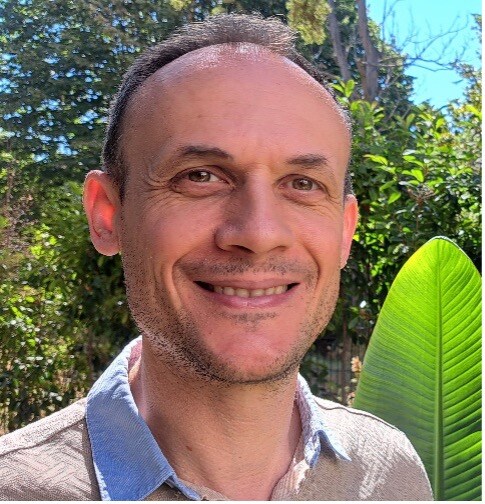
Thomas W. Cornelius is CNRS research director at the Institute for Materials, Microelectronics and Nanoscience of Provence (IM2NP) in Marseille (France), known for his pioneering work in advanced X-ray diffraction microscopy techniques and development of in-situ and operando experiments. His research focuses on the nano-mechanical behaviour of low-dimensional materials and the piezoelectric response of ferroelectric thin films using synchrotron X-ray diffraction methods. After his PhD that he received from the University of Heidelberg in 2006, he was a postdoctoral fellow at prestigious European research institutions such as the Helmholtz Center for Heavy Ion Research (Darmstadt) and the European Synchrotron ESRF (Grenoble).

Prof. Vaclav Holy is an eminent physicist with expertise in solid state physics and X-ray diffraction. He holds a CSc degree from Masaryk University and is a professor at both Charles University in Prague and Masaryk University in Brno. His research spans numerical simulations, synchrotron x-ray measurements, and the self-organization of epitaxial semiconductor growth. Vaclav has published over 400 papers, co-authored two monographs, and received numerous grants, including from the EU Commission and the Grant Agency of the Czech Republic. He is fluent in German, English and Russian and holds leading positions in editorial boards and advisory committees in his field.
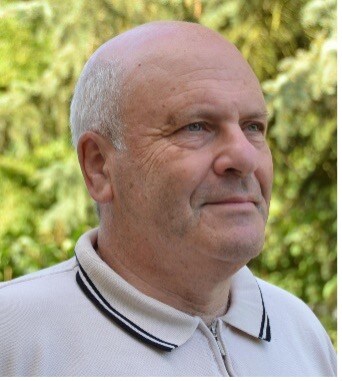
Dr. Vladimir Kaganer
The Paul-Drude-Institut für Festkörperelektronik (PDI) in Berlin, Germany
Session 1: X-ray Diffraction from Dislocations in Epitaxial Films
Session 2: Crystal Truncation Rods from Superlattices: How to Calculate Them Properly
Dr. Vladimir Kaganer brings a wealth of knowledge and experience, having studied theoretical physics at the Moscow Institute of Technical Physics and received his Ph.D. in 1984. His distinguished career includes research in X-ray topography at the Institute of Crystallography, a period as a visiting scientist at the Max Planck Society, and an Alexander von Humboldt Fellowship at the Max Planck Institute for Colloids and Interfaces. Since 1998, he has been a research associate at the Paul Drude Institute for Solid State Electronics, focusing on X-ray diffraction and GaN nanowires.
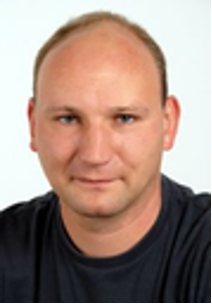
Dr. Lutz Kirste
Fraunhofer IAF in Freiburg, Germany
Bragg Diffraction Imaging of Defects in GaN Crystals- Laboratory XRT vs. Synchrotron Rocking Curve Imaging
Dr. Lutz Kirste received his diploma and Ph.D. degrees with honors from the RWTH Aachen and the University of Freiburg, Germany, in 1998 and 2003, respectively. Since 2001, he has been a research associate at the Fraunhofer Institute for Applied Solid State Physics in Freiburg, Germany, and head of the structural and chemical analysis group. As of 2022, he is also Deputy Head of the Epitaxy Department. The focus of his research is the structural and chemical characterization of compound semiconductor and diamond thin films and substrate materials by X-ray diffraction techniques and secondary ion mass spectrometry.
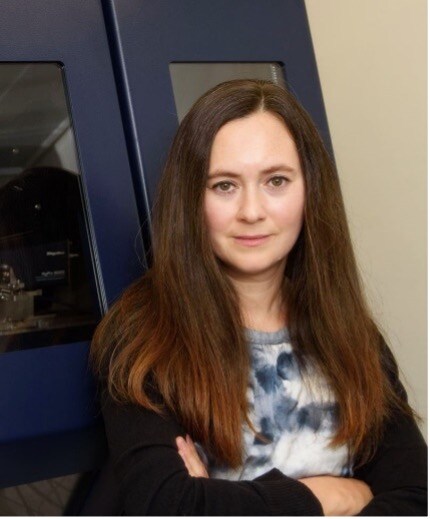
Dr. Anna Eden Kossoy
Weizmann Institute of Science, Rehovot, Israel
Session 1: Characterization of Surface Guided Xanthine Derivatives for Optical Metamaterial Application
Session 2: Optical and Structural Properties of Ultra-Thin Gold Films
Session 3: Strain Relaxation and Order-Disorder Phase Transition in Irradiated MgAl2O4 Spinel
Anna is a Head of X-ray Diffraction Lab at Weizmann Institute of Science since March 2022. Before this role, she gained extensive experience in academia and industry. The XRD lab addresses a diverse range of scientific questions provided by Institute’s researchers from the fields of Material Science, Chemistry, Physics and Structural Biology. Therefore, various XRD methods must be employed such as WAXS, XRR, thin film analysis by means of high-resolution diffraction and texture, etc. Anna earned her Ph.D. from the Weizmann Institute of Science focusing on stress-adaptive ceramics. Her interest in structure-property relation in materials has been a driving force throughout her academic career including her PhD and postdoctoral research at Los Alamos National Lab in US and at University of Iceland. Anna is proficient in powder X-ray diffraction, scanning electron microscopy and vacuum thin film deposition methods. In her spare time she is hands-on mom and enthusiastic gardener.
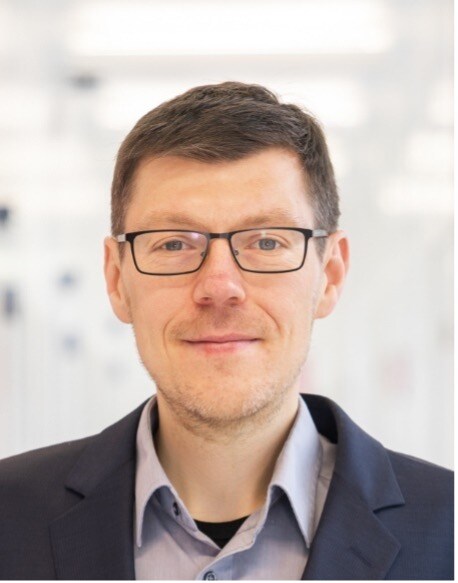
Dr. Christian Kranert
Fraunhofer IISB Erlangen, Germany
Application of X-ray topography for the full wafer scale analysis of semiconductor materials
Dr. Christian Kranert studied physics at Leipzig University and received his PhD there in 2015. Afterwards, he joined Fraunhofer IISB in 2016 where he is now leading the Group Crystal and Wafer Metrology and the Rigaku Centre of Expertise for X-ray Topography.
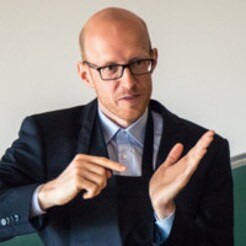
Dr. Carsten Richter currently works as a scientist leading the “X-Ray diffraction imaging” group at the Leibniz-Institut für Kristallzüchtung (IKZ). Dr. Richter studied physics at the Technical University of Dresden until 2010 and then pursued a Ph.D. in physics jointly at DESY, Hamburg, and the TU Bergakademie Freiberg. He completed his Ph.D. involving the development of resonant X‑ray scattering techniques for materials science in 2017. Before starting his position at IKZ in 2019, he then worked as a postdoctoral researcher developing full strain tensor mapping by X‑ray diffraction microscopy at the ID01 beamline at theEuropean Synchrotron (ESRF) in Grenoble.
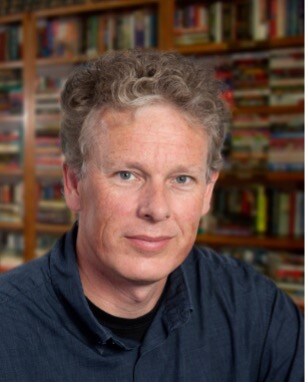
Dr. David Rogers received his Ph.D. in Physics from the University of Glasgow in 1990. He co-founded Nanovation in 2001, specializing in novel oxide semiconductors. Dr. Rogers holds 23 patents, has over 130 publications and is an award-winning researcher. He has held academic positions at several universities and is currently an Adjunct Professor at the University of Technology Sydney.
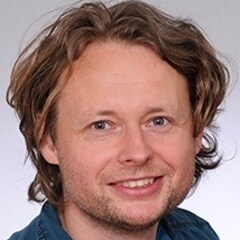
Dr. Olaf Soltwedel
TU Darmstadt, Germany
Specular and non-specular X-ray reflectometry at the free liquid/air interface
Dr. Olaf Soltwedel is a distinguished Senior Scientist in Physics at the Technische Universität Darmstadt, Germany, where he leads research in neutron and x-ray scattering techniques applied to soft matter physics. With a background in experimental physics, Olaf completed his Ph.D. and diploma studies at the Ernst-Moritz-Arndt University of Greifswald. At the FRM-2 research reactor in Garching he worked several years as beamline-scientist at the combined x-ray and neutron reflectometer NREX (hosted by the Max Planck Institute for Solid State Research, Stuttgart) and the neutron resonance spin echo spectrometer RESEDA (hosted by the Technische Universität München). His research spans several areas, with a focus on thin film and interfacial phenomena characterisation, including dynamic wetting properties of polymer brushes, light-controlled liquid crystallinity, and structure formation in microgels. Olaf has made significant contributions to the field of complex interfacial phenomena, the development of scattering techniques and neutron instrumentation through numerous publications.
For more information please contact:
Dr. Artem Shalimov at Artem.Shalimov@Rigaku.com
